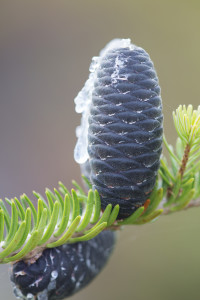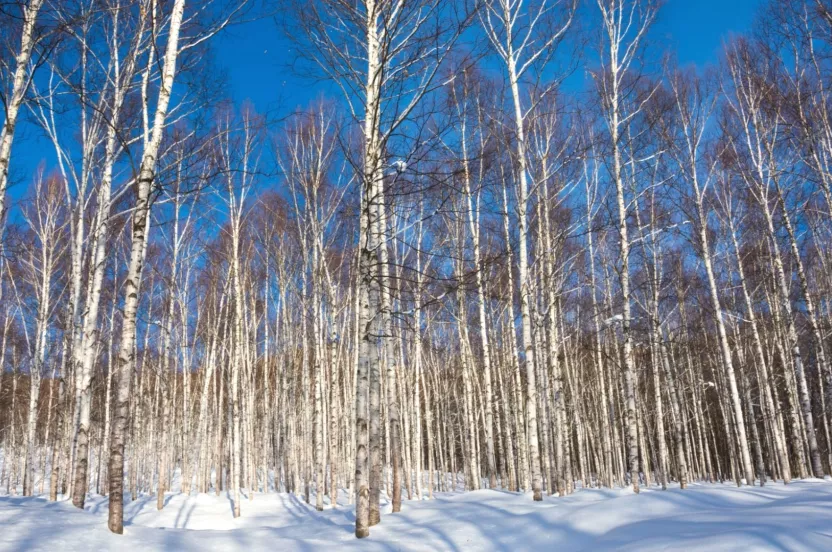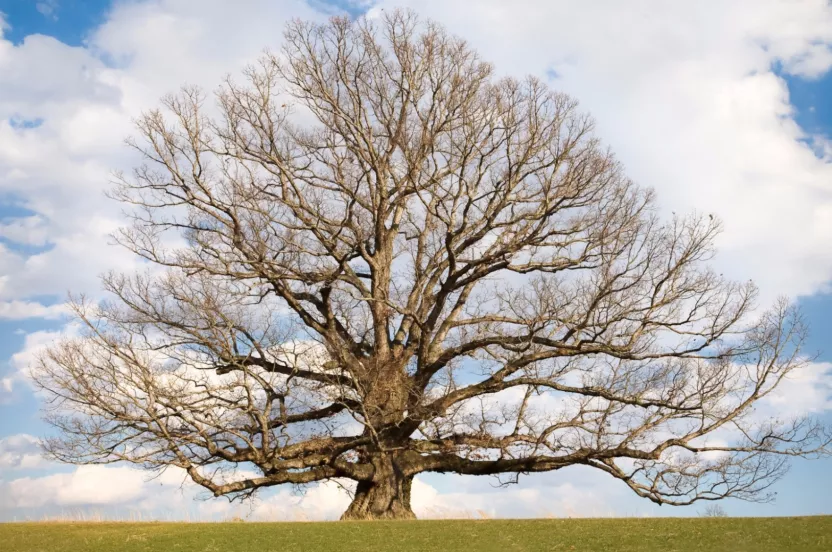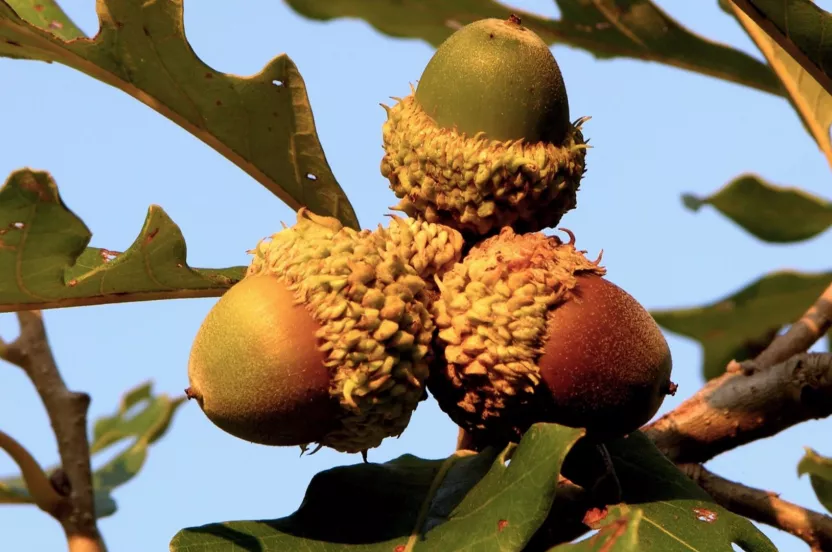The Arbor Day Foundation is pledging 10 million trees to areas impacted by hurricanes Helene, Milton Help us replant
Abies balsamea
It’s no surprise that it takes an exceptional species to put up with icy winters and freezing temperatures, and the Balsam fir is just that: a cold-loving, hardy tree. In fact, Balsams thrive in the cold so much so that they earned the reputation for being amongst the top cold climate trees. It begs for 30 inches or more of annual precipitation and can’t take the heat, literally. It is the least fire resistant evergreen in North America.
Here are a few things to know if you’re considering adding a Balsam fir to your landscape.
Environmental Conditions:
- Grows well in moist, cool, well-drained, acidic soil but tolerates some salt (hardiness zones 3-5).
- Slow growing tree, growing up to one foot a year, reaching 45-75 feet at maturity.
- Does well in full and partial sun, at least four hours of direct sunlight every day.
- This tree does best in colder climates. It is the least fire resistant evergreen in North America and first appears 30-50 years after a fire.
Physical Attributes:
- Lustrous dark green needles with blunt tips and white bands on the underside.
- Develops blisters of oily resin (balsam) on the trunk.
- Produces 2 to 4 inch brown cones that stand straight up on branches.
- Bonus: Popular Christmas tree for its stiff branches, soft needles and natural pyramidal shape.
Tag us in a photo with your balsam fir!






